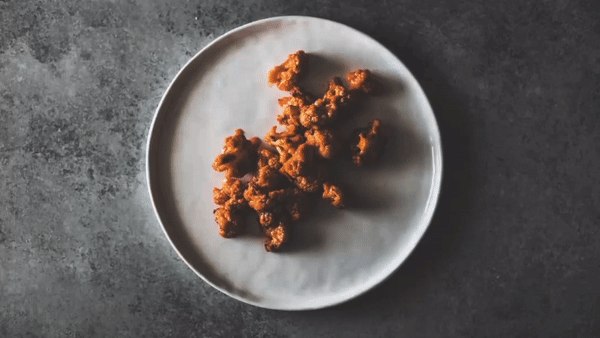Friday, 1 September 2017
Find Delicious Berries Among The Thorns
Late August is not yet autumn, but with the shortening daylight, now less than 14 hours, we are moving in that direction. It is not hard to see these signs of the seasons. Migration of birds is happening more obviously now. Hawk Ridge is open and recording raptors passing by each day. Warbler species grouping into "warbler waves" are moving in the trees now, too. But it is the flight of the nighthawks, often in large flocks that gets our attention of this fall bird movement. Other signs are here too. Crickets, katydids and grasshoppers abound. Their kinds will die in the coming frosts and so they need to mate and lay eggs before the weather gets too cold. With the summer wild flowers done blooming and gone to seed, the fall wild flowers — most notably asters, goldenrods and sunflowers, about a dozen kinds of each — take over the flowering of the roadsides and open areas. Large and diverse, they will catch our attention until the frosts.
Going into the garden, we will see plenty of developed or developing produce. August has been called the time of early harvest and we see it here in the gardens each day. There's always something new. Though not yet ripe, the nearby apple and crab apple trees have their fruits reaching towards maturity. We also see this with the wild plums and hawthorns. I've often found hazel trees, both the American and beaked, loaded with green-husked products. Remembering the site, I returned when they are ripe only to find the local squirrels and bears beat me to this harvest! Acorns will be fully formed a bit later. And there's a plethora of mushrooms out in the woods now, new ones seen each day.
But it is the berry season that has been upon us for the last several weeks and will continue well into next month that many of us take note of.
Starting about a month ago, each woods walk has been made more colorful and delicious with the presence of berries. Berries are small fruits that have formed a covering their seeds. (An exception: strawberry seeds are on the outside.) Often they are very colorful and good tasting to get the attention of passing animals that will pick and eat these berries, thereby dispersing the plants seeds. Though many are edible for us, we are not going to eat lots that I see in the woods. Among these berries that are best left alone are red or white baneberries, blue-bead lily (Clintonia), sarsaparilla, rose twisted-stalk, false Solomon-seal and spikenard (Aralia) — all seen on a single woods walk that I took recently. But also on these forest forays, I located ripe blueberries, raspberries, juneberries and pin cherries. All of these have been ripe for a couple of weeks. Others, newly formed, join this list: choke cherry, gooseberry, currant and highbush cranberry, adding more color and taste to the scene. But during the second half of August, the one that gets me out picking regularly are the blackberries.
Not as common as their close cousins, the raspberries, blackberries are plants more likely to be found in the south part of the Northland. Blackberries are also known as brambles since they form as vine-like spreading shrubs that can develop into a thicket. Stems, called canes, can be six to eight feet long, usually growing in an arching pattern. These branches are filled with numerous sharp thorns that are usually curved. They have been described as being more like that of "fish hooks" than thorns. Anyone wandering into a patch of blackberries had better be ready to get hooked and caught by these thorns. For this reason, my avid picking of blackberries, despite their delicious juicy taste, is usually done alone. I find that whatever the effort and the wounds may be, the result of a collection of these berries makes the prickly picking worth it.
Like raspberries, the fruits of blackberries are formed on growths called drupes. A drupe is defined as a fleshy fruit with seed inside. Some drupes, like plums, have a hard, single seed inside, while others have multiple seeds. These compound drupes are what we find in raspberries and blackberries — many tiny drupes each with a seed inside. Anyone familiar with eating these two kinds of berries is also very familiar with crushing the seeds. With red raspberries, the fleshy fruit detaches from the receptacle when ripe. Blackberries ripen with this receptacle or core still attached to the multiple drupes. We pick the whole fruit to eat. Blackberry season is mostly late summer and I find that due to the thorns, competition to gather them is less than the earlier berries. But I'm not alone. Some bears and birds will devour the large berries and I have noted that a couple of insects — stinkbugs and hornets — also seem to enjoy this treat. They add more to the picking at this time and late August is a delightful time that, with the presence of blackberries, is made delicious as well.
Subscribe to:
Post Comments (Atom)











0 comments:
Post a Comment